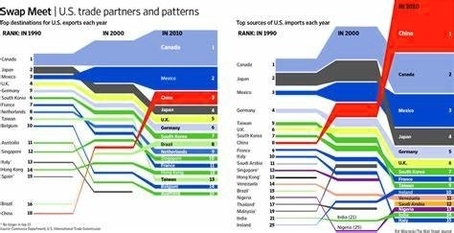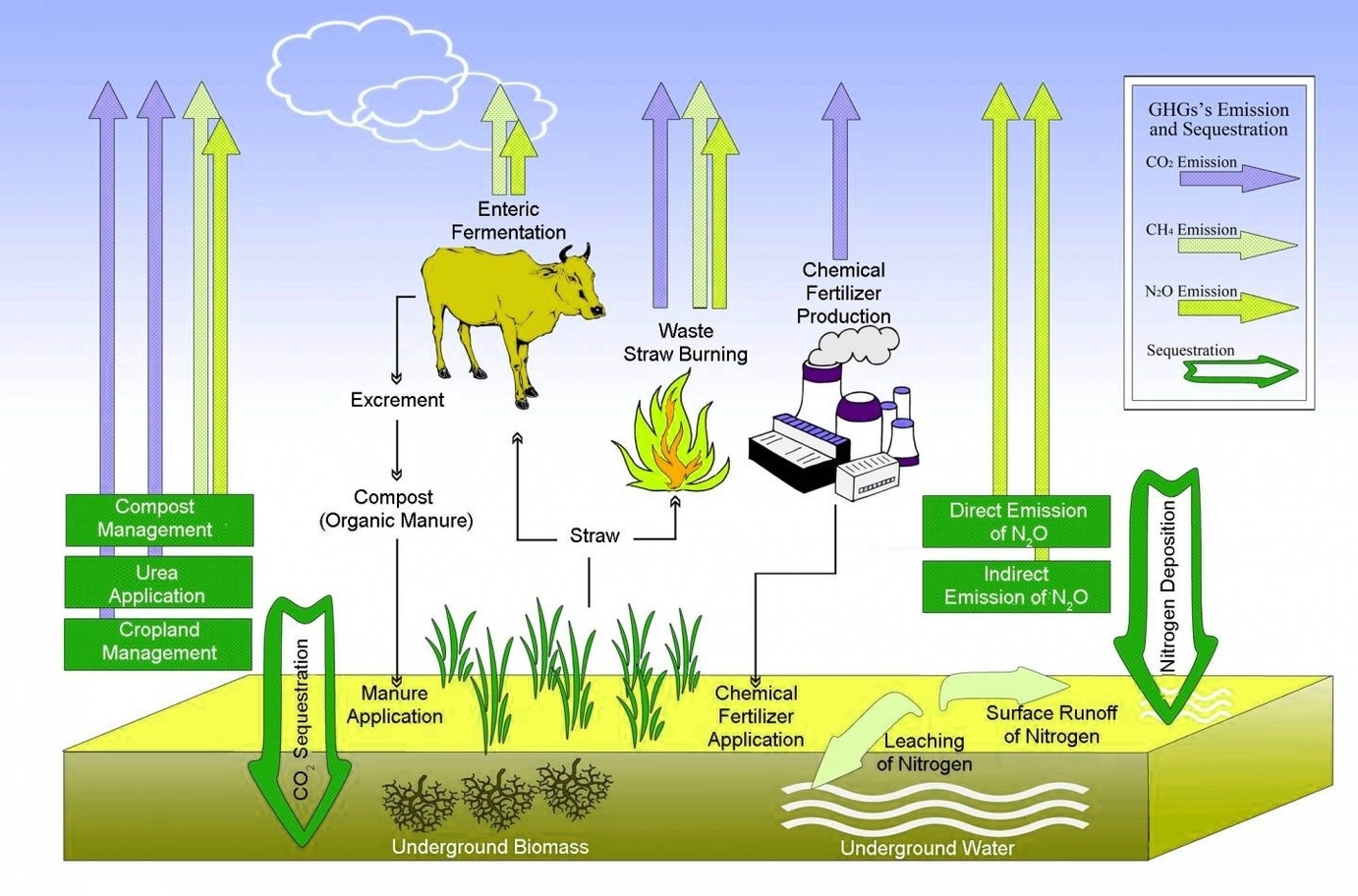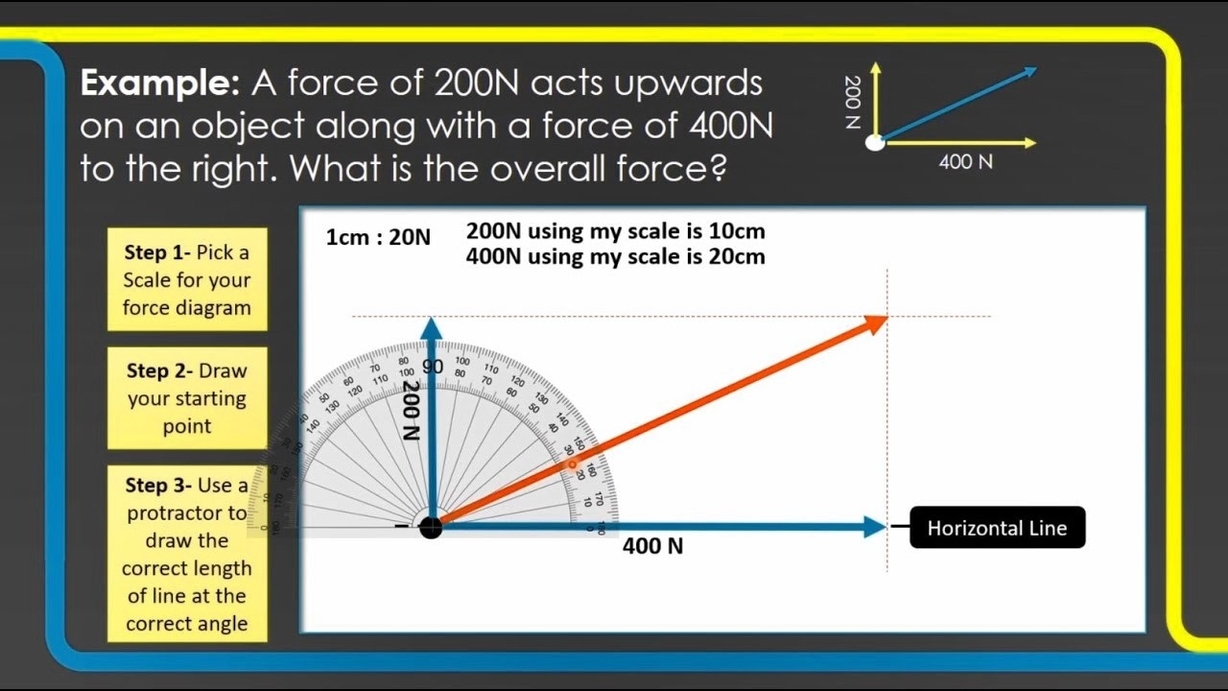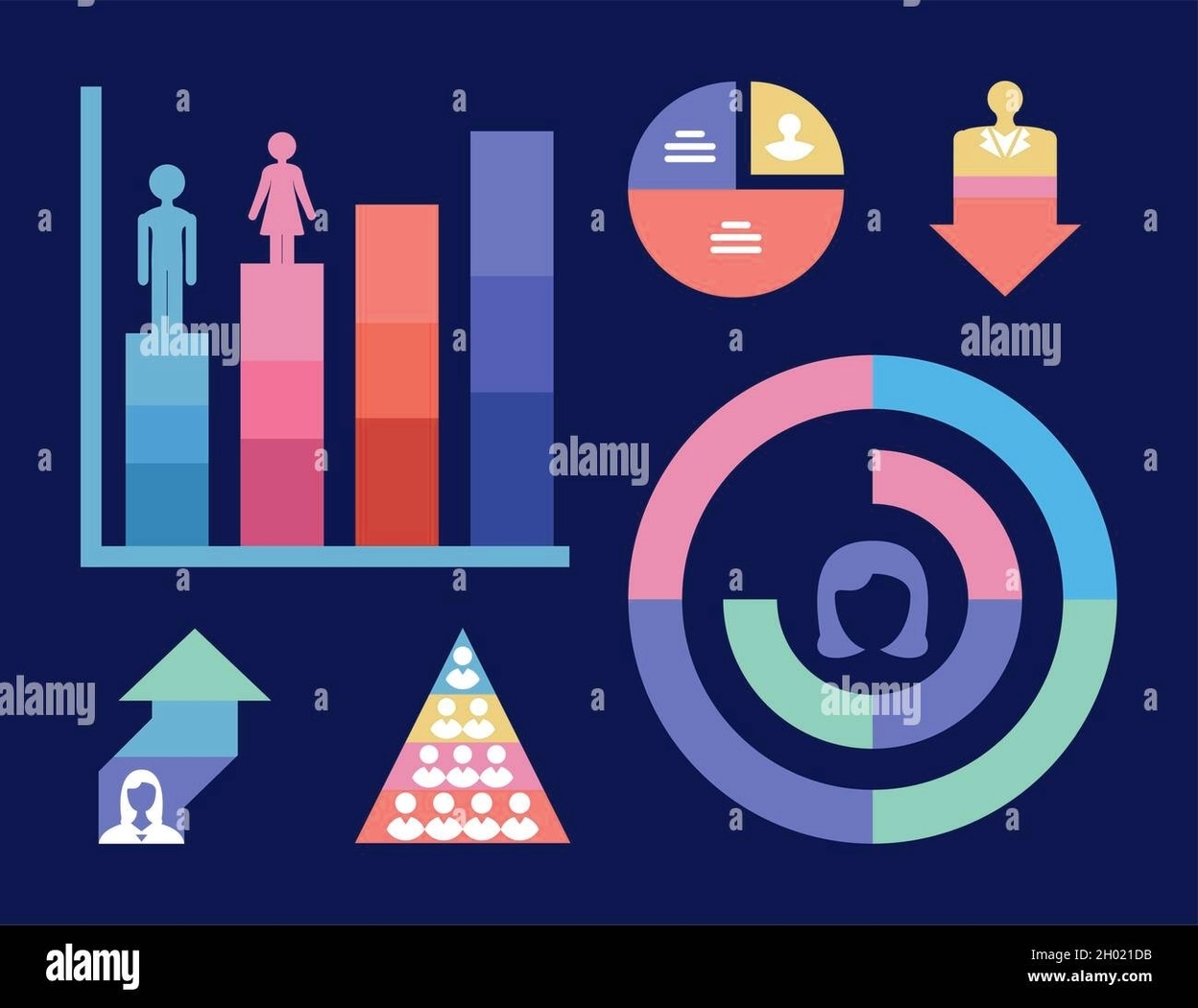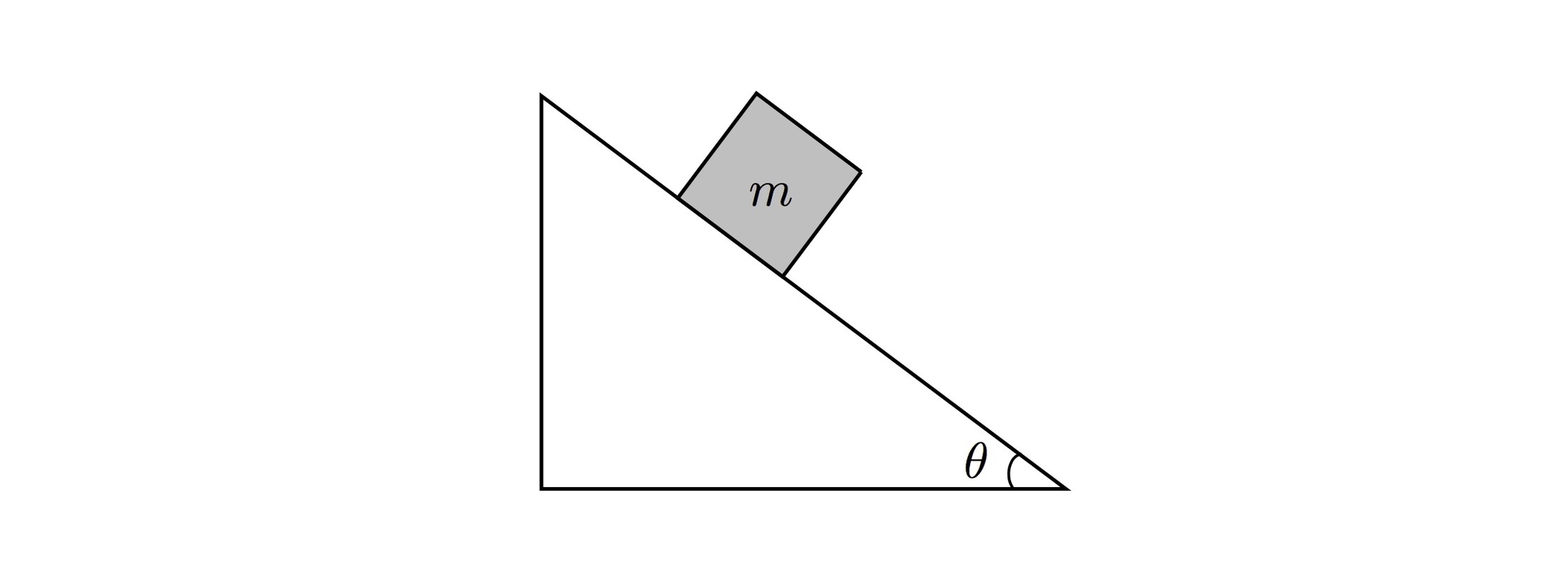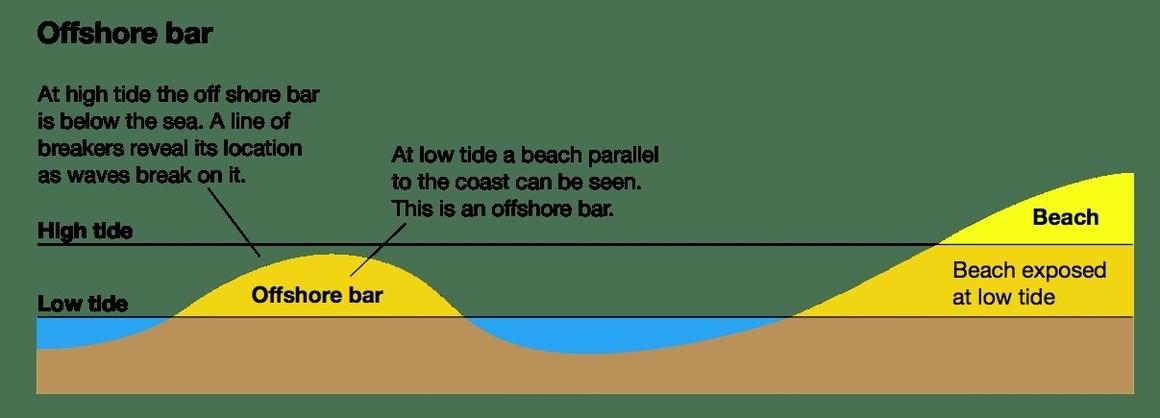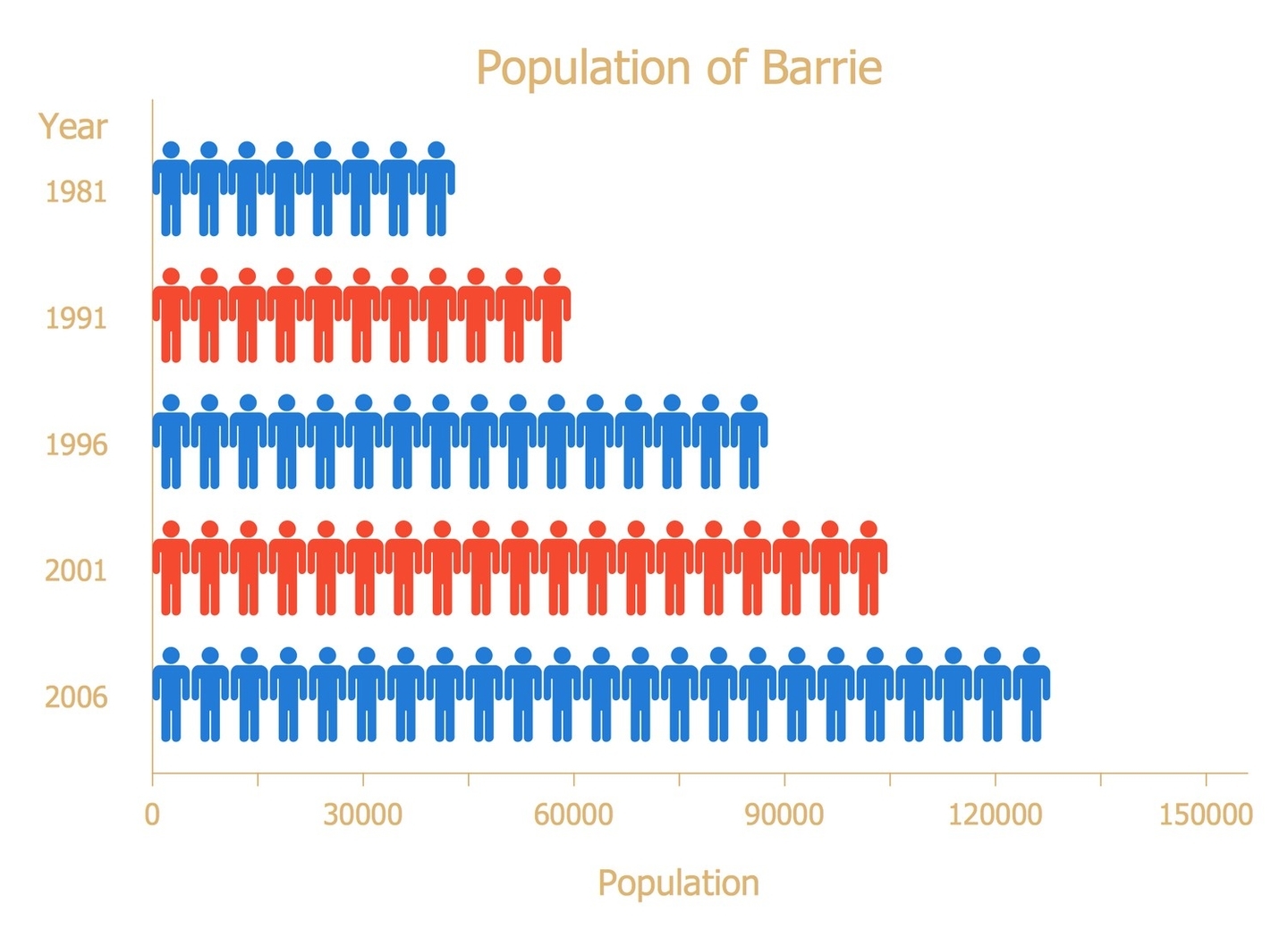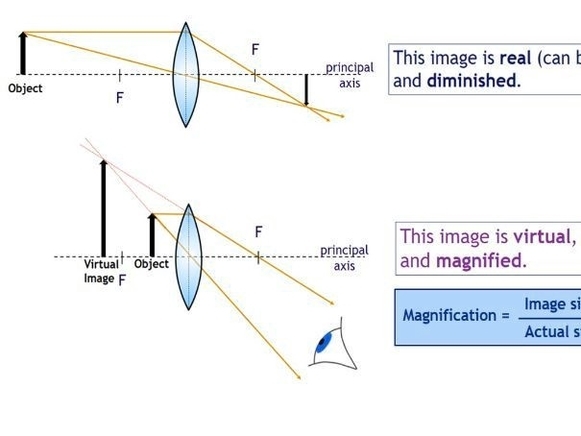Economic 9 is a course that is typically taught to students in the ninth grade. It is an introductory course that covers the basics of economics, including topics such as supply and demand, market structures, and international trade. The course is designed to provide students with a solid foundation in economics, which they can build upon in future courses.
One of the key concepts covered in Economic 9 is supply and demand. This concept is fundamental to understanding how markets work. In a market economy, prices are determined by the interaction of supply and demand. When the supply of a good or service is high and the demand is low, the price will be low. Conversely, when the supply is low and the demand is high, the price will be high. Understanding this relationship is essential for anyone who wants to understand how markets work.
Another important topic covered in Economic 9 is market structures. There are four main types of market structures: perfect competition, monopolistic competition, oligopoly, and monopoly. Each of these market structures has its own unique characteristics, and understanding them is important for understanding how different industries operate.
International trade is another important topic covered in Economic 9. In today’s globalized world, international trade is a critical component of many economies. Students in Economic 9 learn about the benefits and drawbacks of international trade, as well as the different types of trade barriers that exist.
In addition to these topics, Economic 9 also covers a range of other concepts, including inflation, unemployment, and economic growth. By the end of the course, students should have a solid understanding of the basics of economics, which will serve them well in future courses and in their personal lives.
